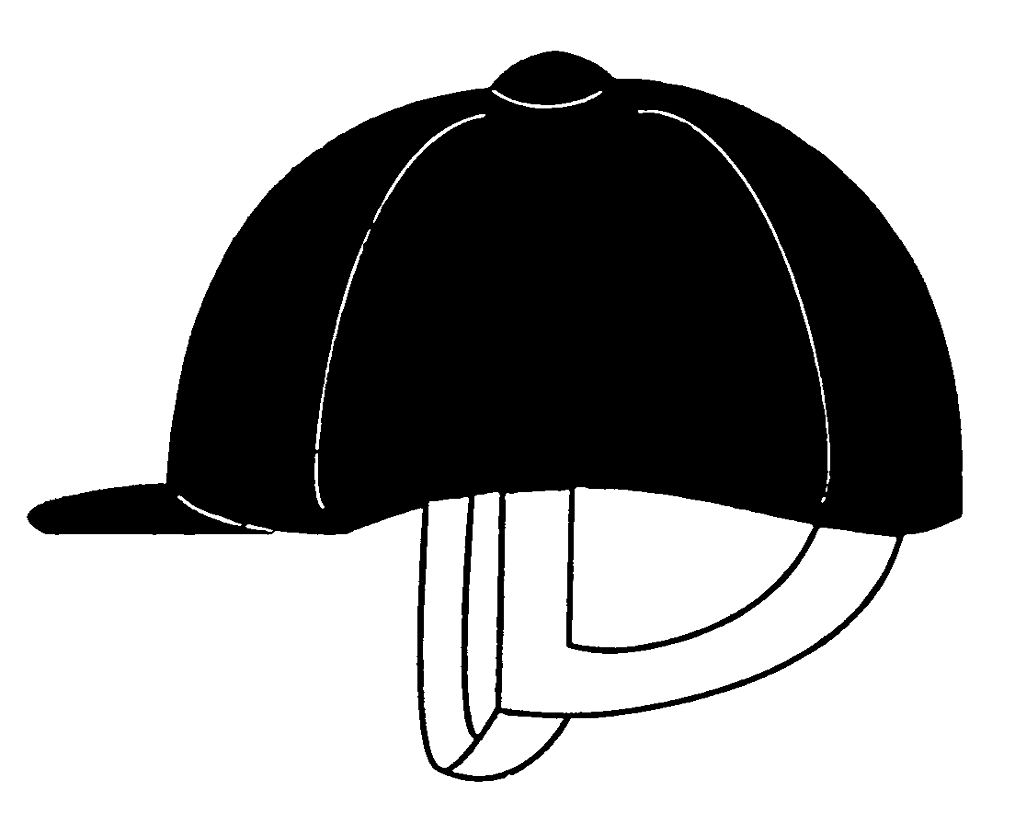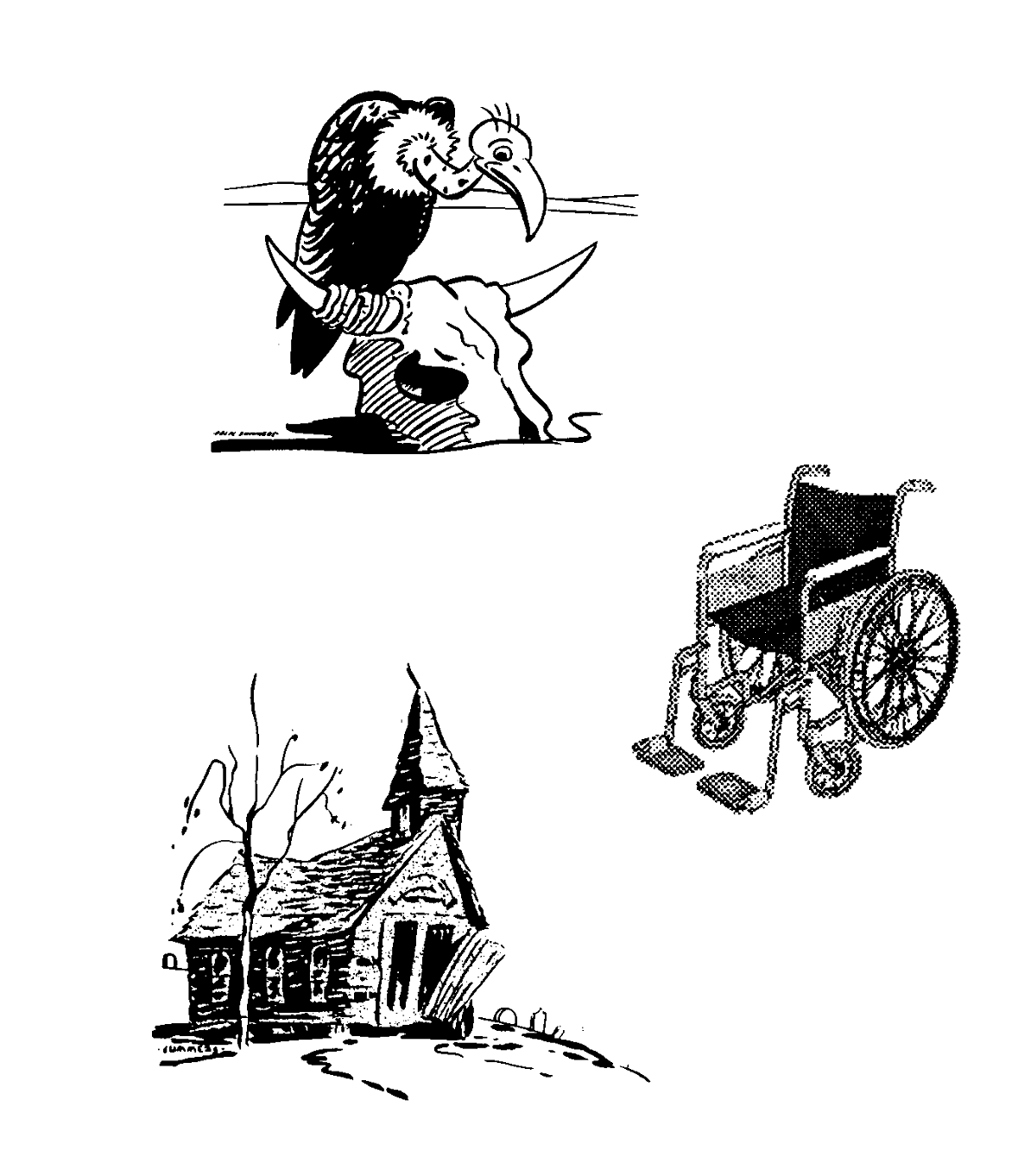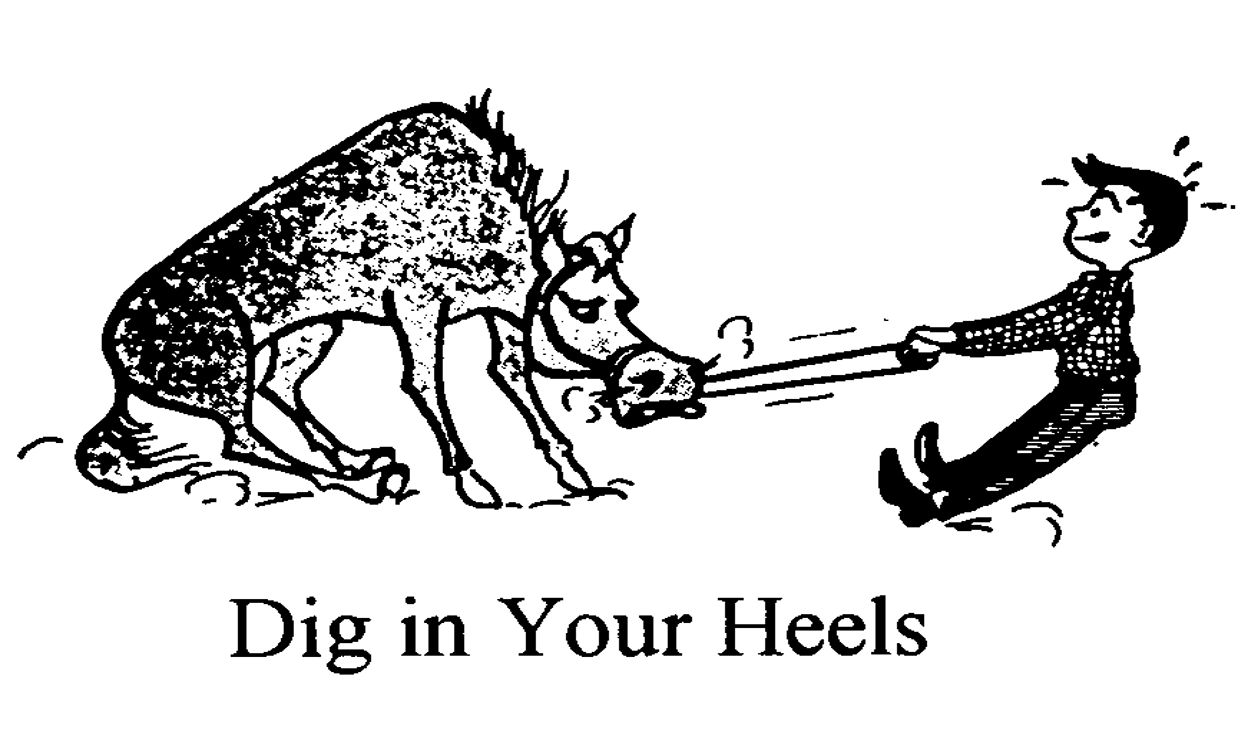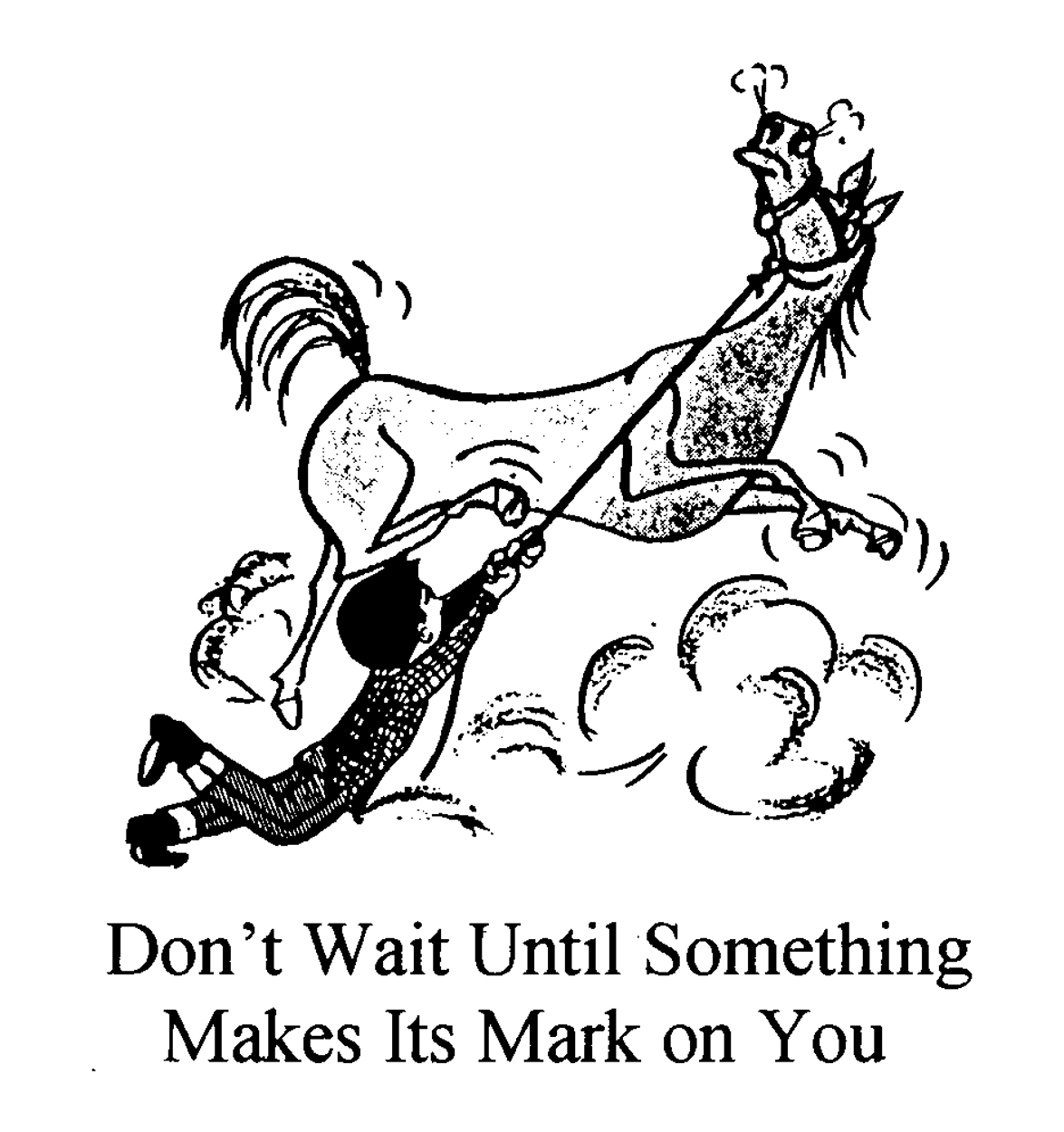What's a Member's Safety Worth?
Jim B. Wilson
Area 4-H/Youth Extension Educator
University of Idaho
April 28, 2005
Program Goals
- Increase your awareness of potential hazards and related safety issues when working with youth and horses.
- Challenge you to analyze your personal beliefs and convictions related to the use of equestrian helmets.
Remember, when you ride...
- Accidents are inevitable
- Even when using proper safety precautions
- When you fall, it is very likely that you will hit your head
- You can’t always control what your head hits
- You can control what protects your head!
Which Would You Choose?


Do Helmets Realley Matter?
- U.S. Pony Club findings (1983-1990)
-
Since requiring ASTM helmets
- Reduced head injuries 29%
- Reduced facial injuries 62%
-
- American Medical Equestrian Assn.
-
Use of ASTM F1163/SEI Helmets (1990)
- Reduced all riding-related head injuries 30%
- Reduced severe head injuries 50%
-
What's With Those Letters?
- Current industry standard for helmets
- ASTM F 1163
- American Soc. for Testing and Materials
- Society’s “Standard Specification for Headgear Used in Horse Sports.”
- SEI
- Safety Equipment Institute
- Test helmets to insure they meet standards.
Aren't All Helmets Equal?
- Non-ASTM helmets or their box carry a warning label including a clause that these helmets are: “an item of apparel only and will provide no protection to the head from a fall or other source of impact."
But Helmets are Expensive!
- Compared to What?
- Cost of the horse?
- Cost of your other riding equipment?
- Cost of the feed or health care?
- ASTM helmets range from $25 - $110
- What’s your personal/physical safety worth?
It Couldn't Happen to Me!
- Every Time, Every Ride
- Produced by
- Washington State 4-H Foundation
- 7612 Pioneer Way
- Puyallup, WA 98371-4998
- Produced by
Selecting/Fitting a Helmet
- Select a helmet that fits comfortably
- Hold head still and gently rock the helmet
- Should cause scalp to move with the helmet
- Adjust throat strap securely in position
Caring for Your Helmet
- Properly cared for helmets provide several years of useful life.
- Steps in cleaning
- Exterior and inner fabrics cleaned with warm water & mild detergent; wipe shell w/soft lint-free cloth.
- Harness assembly cleaned with damp cloth only.
- Avoid >1000F temperatures when drying
Inspecting Your Helmet
- Check for visible signs
- Cracks in shell
- Deterioration in harness assembly
- After a fall or any other significant impact
- Return helmet to manufacturer for inspection
- Non-visible damage can reduce effectiveness
Other Considerations
- At club practices, county & district events
- Riding Clinics
- County Shows
- At State 4-H horse shows
- In 2005, helmets are required whenever mounted. A 4-H member may sign a helmet waiver, also requires a parents signature.
Let's Get Egg-Cited!!
- What are the similarities between this egg and your head?
- Harder outer casing; fragile contents inside
- How safe is your head in a fall from:
- A working trot (8 mph) with helmet?
- A training gallop (20 mph) with helmet?
- A working trot (8 mph) w/o helmet?
- Does a helmet make you invincible?
Some People Choose To:


But Remember,
- What’s your personal safety worth?
- It’s tough to go riding from a wheelchair, coma or the grave.
- Ultimately, it is your head and your decision
"What is Your Choice?"

Where Do We Go From Here?
- Seminar evaluation:
-
Title: Horses, Helmets and Safety
-
Presenter: Jim Wilson, Univ. of Idaho
-
Horses, Helmets, and Safety is compliments of Developer:
Jim Wilson
Area 4-H/Youth Extension Educator
1000 W. Hubbard, Suite 140
Coeur d’Alene, ID 83814
Ph. (208) 446-1680
E-mail: jwilson@uidaho.edu

